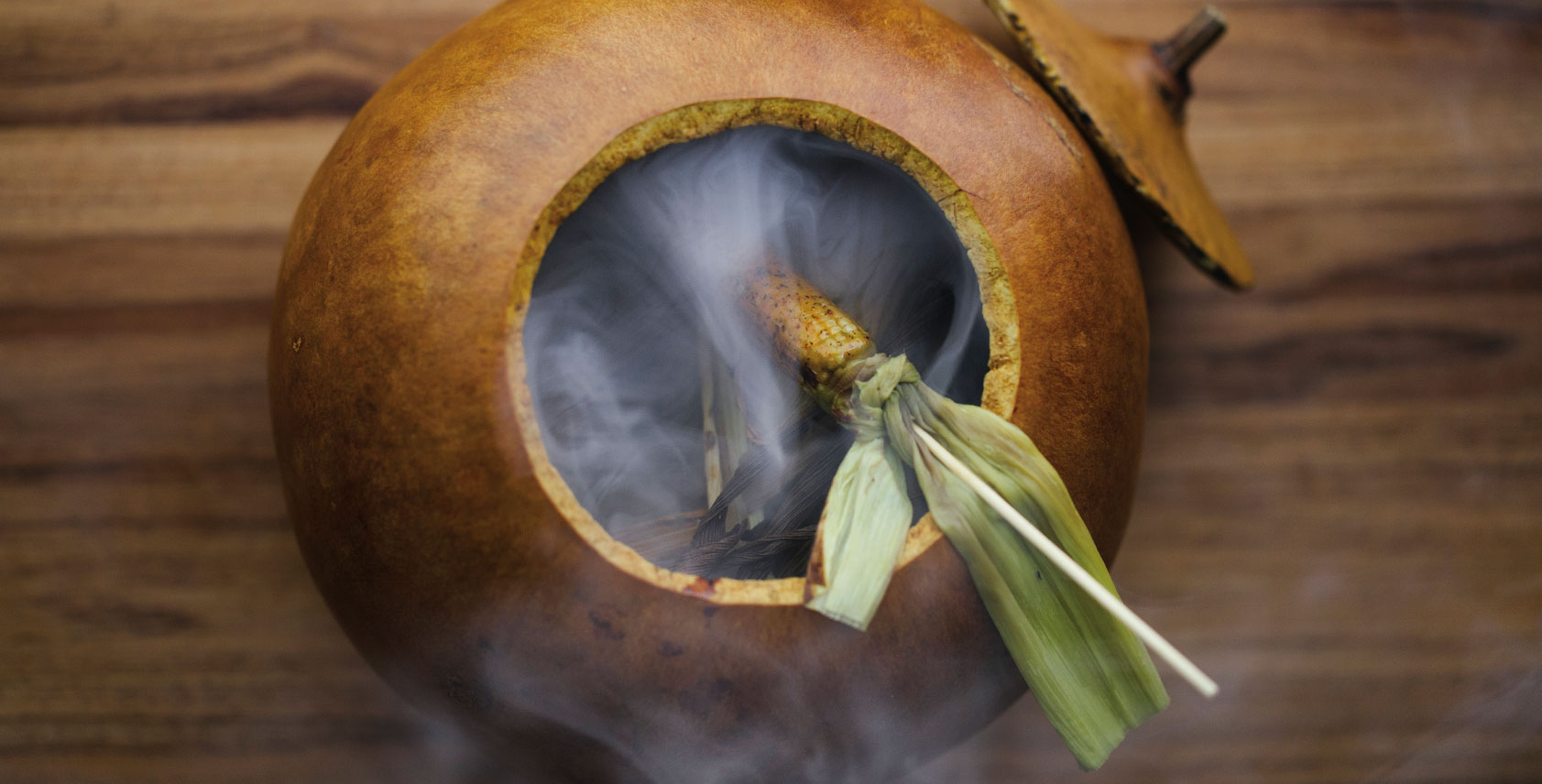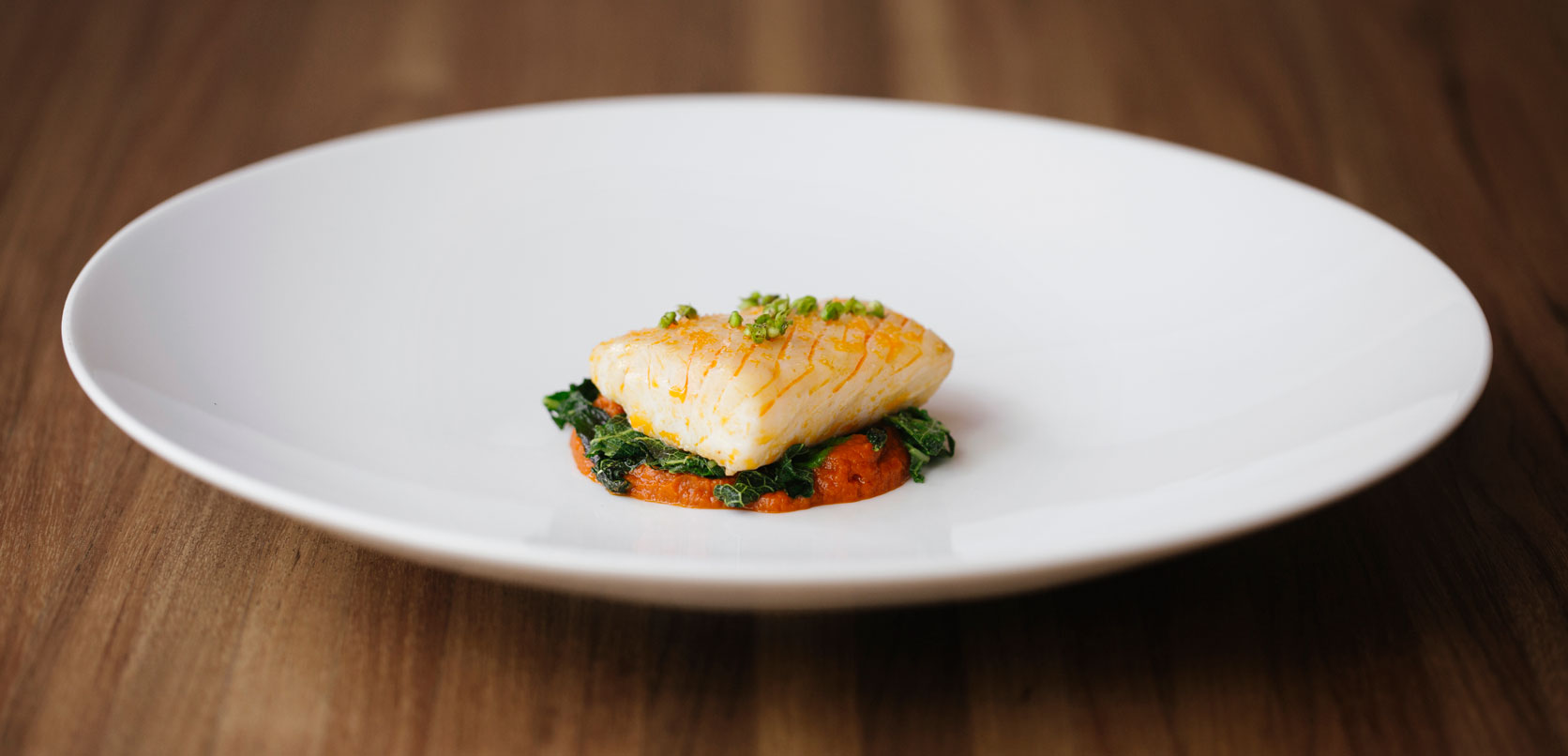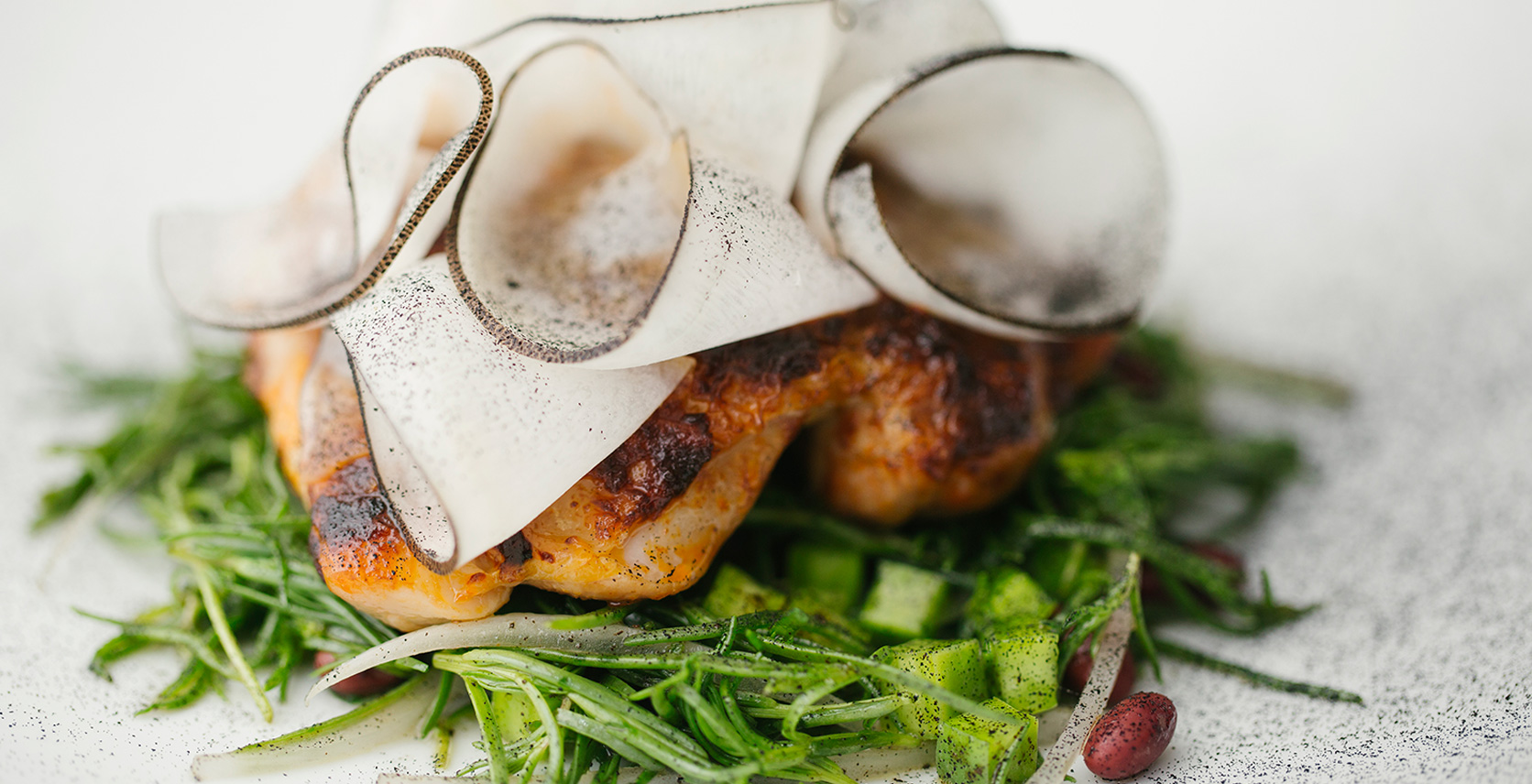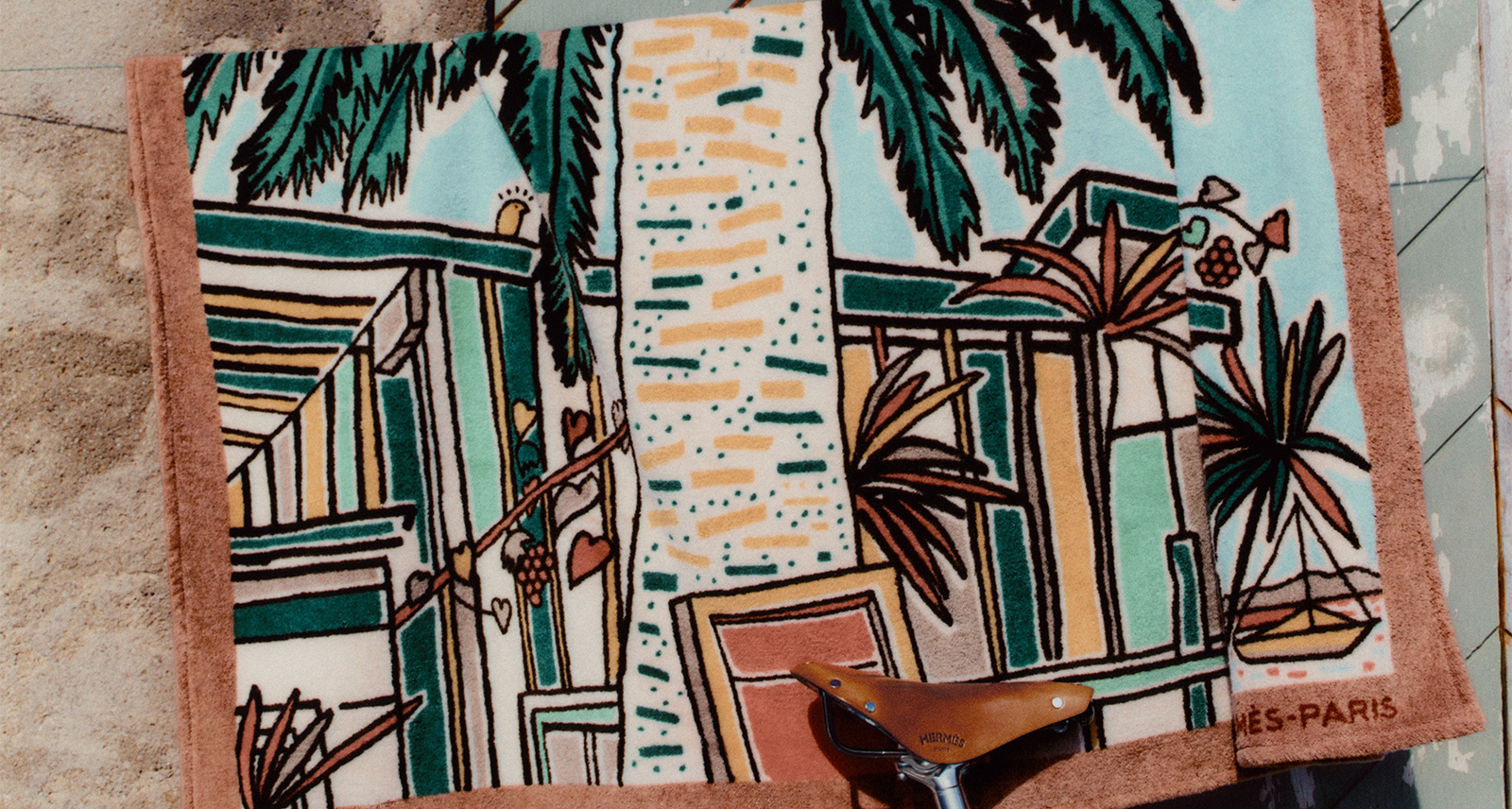Here’s What Makes Mexico’s Food Scene So Damn Special
When I turned 40 a couple of years ago, my girlfriend took me to Mexico. She organized the whole trip.
And while I was leery of the idea of Cabo (too touristy, too loud, too many all-inclusive resorts), I was touched by the work she put into the planning, and was excited to get away. Staying on the eastern side of the Cape, we spent less than an hour in the (predictable) shit show that is Cabo San Lucas, quickly turning our attention to the surrounding area. With help from cab drivers and locals, we went on a mission to discover the city beyond the resort walls. At the end of the first day, any doubts I had about the gastronomic state of affairs for our trip were dispelled with some fish tacos at a little place on a dirt road called El Marinero Borracho (“The Drunken Sailor”). Their fish, bought straight off the docks, served grilled or fried, was so fresh it was practically still swimming. With an icy cold Pacifico, we were off to the races.

Since that first trip, I’ve been to Mexico three more times. I’m fascinated by the country’s rich food culture: the regions, the nuances, the shared flavours. I am officially hooked on corn and agave, Cochinita pibil, and queso fresco. Forget the restaurants of New York or Los Angeles, the urban farms of Calgary or Vancouver, the celebrity chefs of the Food Network — if we’re talking food culture, Mexico simply has the best, most exciting one going anywhere in North America.
With the exception of the American South or Quebec, most of North America has little or no authentic food tradition or table culture to speak of. Most of the continent is very young; a few hundred years is not long enough for traditions to develop and become ingrained. The modern culture of Mexico draws heavily on its Mayan roots and the Colonial influence brought from Spain, without self-identifying as either. Examples of borrowing and grafting from one to the other are evident, as well as subtle shifts between regions.

Take, for example, the city of Mérida, my destination for two visits in the last year. This is the epicentre of Cochinita pibil, a Mayan street dish of suckling pig marinated with bitter oranges and achiote paste, then wrapped in banana leaves and cooked in an underground oven called a pibil. People have been cooking food this way here for over 1,000 years. But my hands-down favourite place in Mérida is not focused on Yucatàn cuisine at all. Apoala is a modern Mexican restaurant, rooted as much in Oaxaca (the chef, Sara Arnaud, is from a small town there) as it is the Yucatàn. Arnaud brings flavours from her home and incorporates them seamlessly into her cuisine, which screams of a sophistication beyond her years — and is somehow unthinkable in other parts of the continent.
Mexico City has become one of the world’s best food destinations. A group of chefs have returned home, after working internationally, to create a restaurant scene that rivals that of New York or London or Paris. I made my way there recently to meet up with some Latin American chefs and a foodie from Vancouver who was making the introduction. Pujol, Enrique Olvera’s flagship restaurant, remains on people’s lists (including my own) as one of the best in the world. Some may argue with me on this; it’s OK to be wrong. This is Mexican cuisine distilled to its essence and finessed to its fullest expression. The street snacks that start the meal show a complete and utter devotion to Mexico. The smoked baby corn seasoned with ants and chili mayonnaise demonstrate the importance that Mayan culture continues to play in Mexican cuisine. Ballsy and brilliant.

The country is filled with living expressions of Mexican Cuisine — remarkable, considering its cuisine has one foot in Colonial Spain and the other in a 2,000-year-old civilization. Here in Canada, this should serve as a kind of cultural road map, to experiment within the confines of our history.
The key to understanding Mexico’s food culture is the generosity and spirit of the people. The locals I met were always willing to share their food and talk about their traditions. I was invited into debates about where the best markets were. Locals lamented that my visit didn’t coincide with the season for this item or that. Surely, I was told over and over again, I would need to come back. This should be the lesson Mexico teaches the rest of the continent: to revere your traditions, but be dynamic in your execution. There are a handful of restaurants adhering to these ideas in Canada, including Raymond’s in St. John’s and Toqué in Montreal, both of which have taken traditional cuisines — Newfoundland and Quebecois, respectively — and reinvented them. There, as in Mexico, there’s a reverence for ingredients and regional traditions, and unpretentious respect for cultural influences.

Remember that the next time you think Mexican food is just guac and tacos.
Justin Leboe is the chef/owner at Model Milk and the recently opened Pigeonhole in Calgary.










